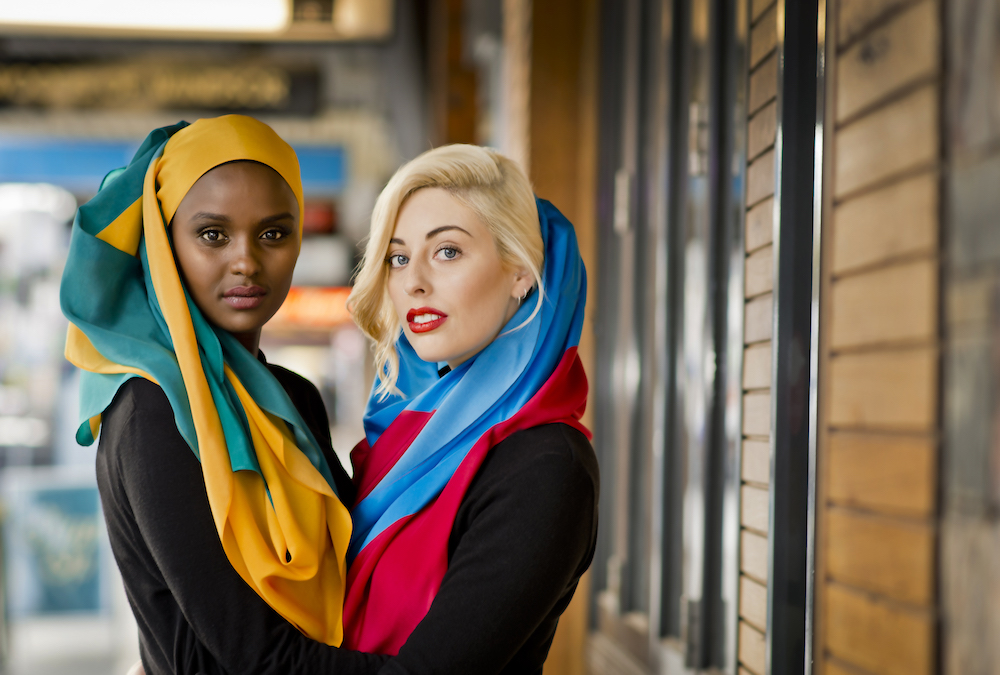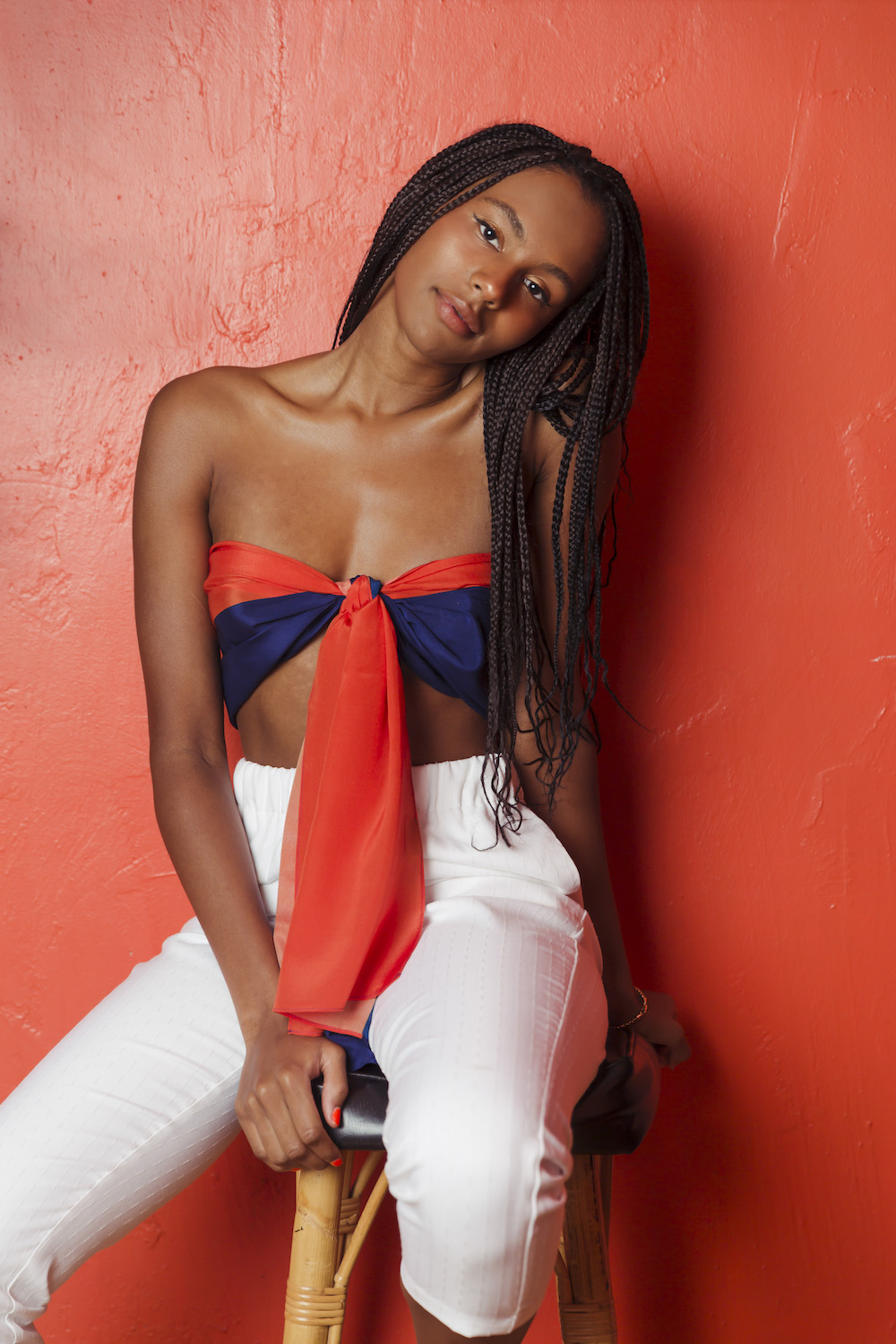
When Azahn Munas, designer and creative director of accessories brand MOGA, made the decision to exclude white models from the brand’s future promotional campaigns, he knew it would spark controversy. The MOGA team was well-equipped with press releases, a short video, articles from brand ambassadors, and social media posts that explained their decision to exclude white women in an effort to bring awareness to the over dominance of white models in fashion advertisements, and to provide more opportunity for models of color.

This isn’t the first time Azahn, a Sri Lanka-born man who grew up in Australia, has used MOGA to highlight social issues he cares about. In the past, the accessories brand, which specializes in women’s colorful headscarves and shawls, has produced a campaign celebrating the beauty of black models and created a pride scarf in honor of Australia’s vote to legalize same-sex marriage. For a company that admittedly imagined their primary customer base would be Hijabi, Hispanic, and Black women, these declarations were bold moves in light of the colorism and homophobia that is pervasive within these communities. However, their mission paid off (the pride scarf has sold out three times already), and even helped garner a large customer base that includes white women, who are currently featured on their Instagram page @mogafashion.

Despite their claims that the scarves can be worn by anyone regardless of race, sex, or gender, the new no-white models policy will inevitably remove Caucasian women from MOGA’s otherwise diverse campaigns. MOGA’s current global model casting is calling for women of all shapes and sizes located anywhere around the world to submit photos via Instagram to @mogafashion and Facebook to Facebook.com/mogafashion for a chance to be selected as the face of the brand for 12 months. The casting explicitly states that white models will not be considered for this campaign.

Azahn’s decision has, of course, already been met with criticism on social media, though he remains adamant that his good intentions to create a conversation about diversity and feature more women of color will at least force people to think about the importance of model representation.

What do you think?
*Read more about model diversity and the importance of representation in this metaphorical video:
